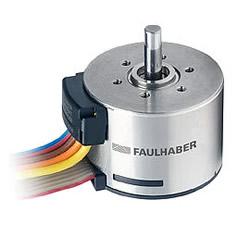Innovative unmanned aerial vehicles can be launched from underwater for aerial missions
"Some of the other major manufacturers of unmanned aerial vehicles include AeroVironment and DJI Innovations among others."
Scientists at applied physics lab at John Hopkins University have created a new unmanned aerial vehicle (UAV) which can stay below water near launching station and then can be launched into air to perform many missions. This kind of vehicle is known as corrosion resistant aerial convert unmanned nautical system.
This vehicle can be submerged into water and could be launched from a certain place under water or from an UUV (unmanned underwater vehicle). This new kind of UAV was created by the scientists working at John Hopkins University in collaboration with experts from research development department. This new unmanned vehicle can function efficiently both in water as well as in air.
Corrosion resistant aerial convert unmanned nautical system (CRACUNS) supports new features which is not possible with current UUV or UAV platforms. Its capacity to function in tough shore atmosphere and its payload flexibility aids wide range of potential missions. New characteristic of CRACUNS is that it remains beneath water and can be launched from a substantial depth without requiring structural metal components or machined surfaces.
To make it a reality, the team of scientists were required to overcome two great challenges. First, it leveraged the modernization in additive production and new fabrication methods available at the labs widespread production facilities. This team then created a lightweight, composite, submersible airframe that was able to resist pressure of water when submerged in water.
Second substantial challenge was to assure CRACUNS not only survive but also function efficiently in a corrosive saltwater atmosphere. To do it, the research team closed the most sensitive parts in a dry pressure vessel. For the motors or machinery exposed to salt water, the team applied easily available protective coatings. It tested the motor performance by submerging it into salt water. After 2 months, these motors demonstrated no signs of rust and continued to function effectively in the salt water.
Thus new unmanned vehicle displayed an altogether innovative way of thinking about creating and using unmanned systems. This factor will boost new researches in field of unmanned aerial vehicles or commercial drones and all this will propel unmanned aerial vehicles (UAV)/ commercial drone market growth.
Featured Product

FAULHABER Drive Systems at the Robotics Summit & Expo in Boston from April 30 to May 1 in Hall C at Booth 534
Faulhaber will be presenting their drive systems for robotics and smart technology. Robots are versatile and can be found in many areas, for example, transporting goods, operating on patients or supporting the agriculture industry. With the help of robots, processes can be automated, the flow of materials optimized and employees relieved. Equipped with FAULHABER drive systems, these robots can take on tasks where the demands on function and applications are high.
